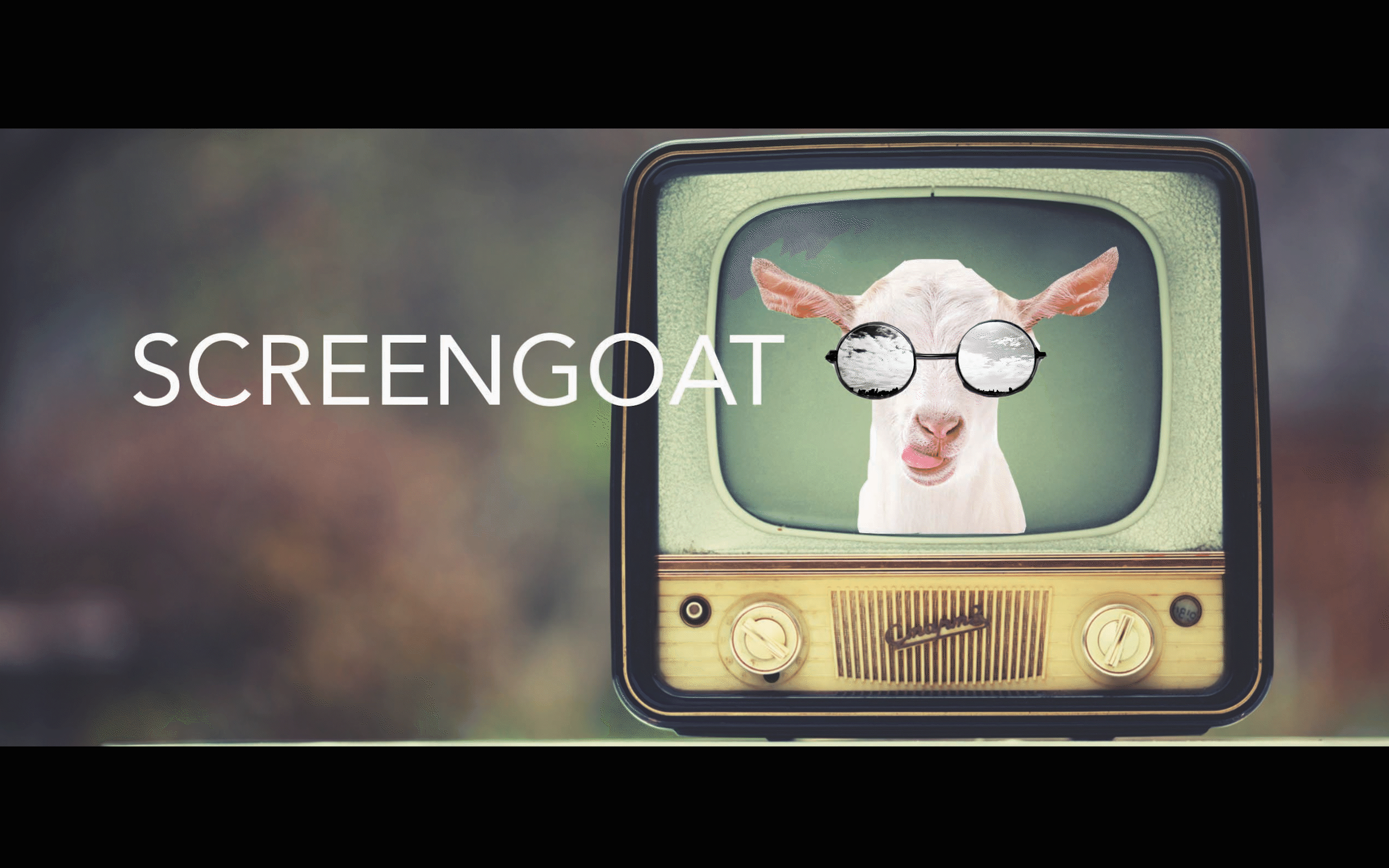Let's Make a Commercial
- SCREEN GOAT
- Mar 5, 2023
- 4 min read
Updated: Jan 22
Commercials are used by businesses to promote their brand and generate revenue.
Yes, it is all about the MONEY!
Most commercials use 1 of these forms of persuasion:
ethos (credibility),
pathos (emotional appeal), or
logos (logical reasoning)
We even celebrate commercials on the biggest television holiday of the year, The Super Bowl!
Let's make a commercial
This video really is EPIC.
I loved seeing the use of basic fishing line, wooden sticks and water bottles, merged with masking, slow motion, water/fish tank lighting, and many more tips and tricks. Really smart video with great behind the scenes.
Social Media Commercial "Thirst Trap for Chocolate Milk"
I loved analysing this video and really taking a look at the masking techniques, along with slow motion. Looking at the lighting and extreme close-ups. Love the Behind the Scenes. She just makes every shot look awesome.
Check out these easy techniques that boost the product look.
Things to ask when making a commercial:
1. Research. What do you know about the company? i.e., Their vibe, messaging, reputation, what makes them stand out / different from their competition.
2. Who is your target audience (the specific people you want to use, purchase your product of service)?
3. On what platform(s) will your commercial be aired/posted? This information will influence your ideas, and the way you shoot and edit.
4. What is the company's logo?
5. Does the company have a high resolution logo you can use for the commercial?
6. Does the company have a tagline?
7. What is the color or color scheme of the company/commercial?
8. When brainstorming ideas, what form of persuasion are you going to use?
(ethos, logos, pathos)
9. Hook - How can you make this commercial grab the attention of the target audience?
Examples: Celebrities, attention grabbing effects, humor, emotions, weird factor, giveaways, WOW factor, etc.
10. What is your call to action? A call to action is an instruction that encourages the viewer to do something whether it is a specific action, such as visiting your website or purchasing your product.
11. What is the budget?
12. What are you going to do about music, sound effects, and/or the voice-over?
13. What is your timeline? Ask yourself when you want your commercial to be completed and posted/aired. This will help you plan your production schedule, allocate resources, and set deadlines.
Make a 30 Second Commercial for a Real Product
1. Choose the Product/Brand/Company
2. Brainstorm creative concepts / ideas
TIP: Sometimes people come up with very basic ideas. If you are stuck in the basic idea zone challenge yourself to elevate the complexity of your shoot/edit. Add an element, concept or effect that kicks your idea up a notch.
3. Plan your shoot with a visual treatment, storyboard or a 2 column script
4. Time your script with a stopwatch
5. Gather your equipment (camera, lights, rigs, SD cards, microphones),
talent/actors, props, multiple product samples.
6. Working within your 30 second timeframe : edit, add the logo and tagline.
TERMS / VOCABULARY:
Here's a list of important vocabulary for your lesson on creating a 30-second commercial:
1. Objective - The goal or purpose of the commercial (e.g., to sell a product, promote a service, raise awareness).
2. Target Audience - The specific group of people the commercial is aimed at.
3. Hook - The opening element that grabs the audience's attention immediately.
4. Call to Action (CTA) - A prompt that encourages the viewer to take a specific action (e.g., "Buy Now," "Visit our website").
5. Script - The written text that outlines the dialogue, narration, and actions of the
commercial.
6. Storyboard - A visual representation or series of sketches showing the planned scenes
and shots for the commercial.
7. Visuals - The images, scenes, and visuals shown in the commercial.
8. Audio - The sound elements, including dialogue, voiceovers, music, and sound effects.
9. B-Roll - Supplementary footage that is used to support the main shots, often showing the product in use or the setting.
Voiceover - A spoken narrative added over visuals by a person who is not seen on screen.
12. Branding - The use of visual or auditory elements (e.g., logo, slogan, colors) that represent
the company or product.
13. Product Shot - A close-up shot focusing on the product or service being promoted.
14. Distribution - The process of delivering the finished commercial to the intended platform
(e.g., TV, social media, online ads).
15. Engagement - The level of interaction or response from the audience to the commercial.
Slogan - A brief, catchy phrase used to represent a brand or product.
Jingle - A short, catchy song or tune used in advertising to promote a product or brand.
Logo - a graphic symbol or design used to represent a brand, company, or product.
Spokesperson / Talent / Influencer -A person who represents a brand, company, or product in advertisements, commercials, or promotions, often delivering the message or acting as the face of the brand.
Brand Strategy - A long-term plan that outlines how a company will build, develop, and maintain its brand to achieve specific goals, such as increasing recognition, loyalty, and market share. It includes elements like brand messaging, target audience, values, and positioning in the market.
These terms will help students understand both the technical and creative aspects of making a successful commercial.
See you next time on SCREENGOAT.
#commercial #EdingBasics #EasyEditingFX #MakingCommercials #HowMakeaCommercial #EditingTricks #ProductVideo #EasyEditingTricks #EditingFX #Filmmaker #VideoEffects #Editor #Editing
You Might Find These Interesting:
Free Production & Blogging Resources:

Copyright © 2023 Screengoat & Round-Circle, Inc.









